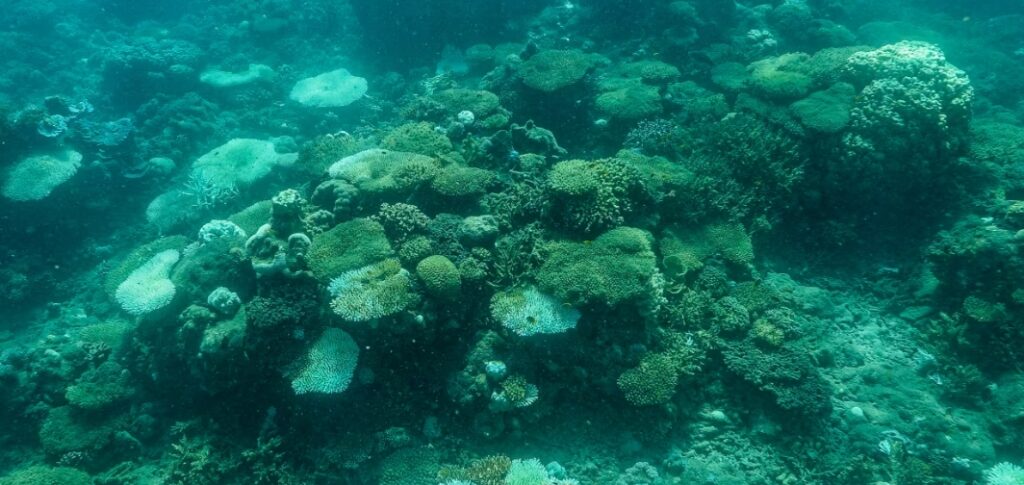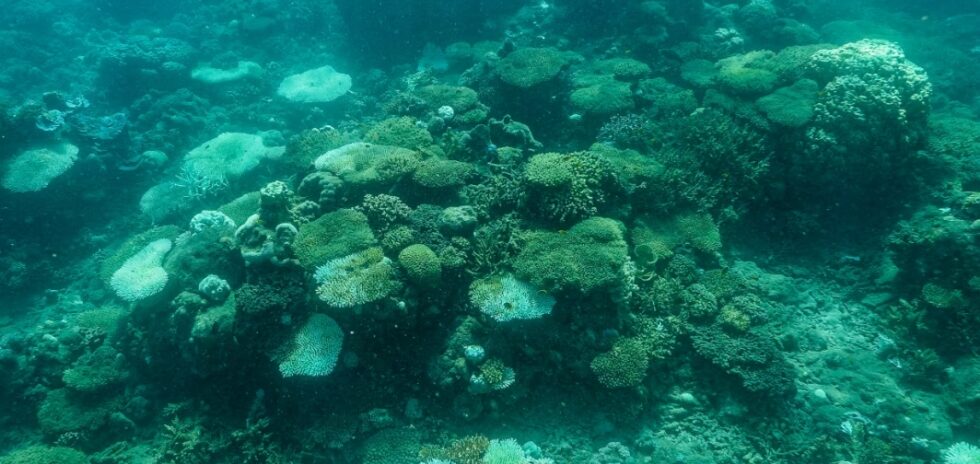
The World Wide Fund for Nature-Australia today released new video which shows the world heritage status of the Great Barrier Reef is seriously threatened after this year’s mass bleaching.
Severely bleached coral on a reef in Queensland’s north is dead and covered in brown algae and slime. Authorities are still assessing the scale of reef-wide coral mortality but some scientists fear it could be the worst ever recorded.
High coral mortality could undermine the Reef’s “Outstanding Universal Value” – the key factor in deciding whether a site retains its world heritage status.
Overnight, UNESCO recommended the World Heritage Committee delay until 2026 a decision on whether to declare the Reef “world heritage in danger”. The World Heritage Committee will consider that advice when it meets in New Delhi next month.
The draft decision calls for the Australian Government to provide a progress update on implementing the committee’s recommendations by February 2025, including on the impacts of this year’s coral bleaching.
“This video will shock many Australians. Climate change caused our national icon to suffer an unprecedented fifth mass bleaching event in just eight years,” said Richard Leck, Head of Oceans, for the World Wide Fund for Nature-Australia.
“There’s still so much more our governments need to do to give our Reef a fighting chance.
“The Queensland government recently legislated strong emissions and renewable energy targets. Now it’s time for the federal government to step up.
“The Prime Minister must commit to a federal emissions reduction target of at least 90% below 2005 levels by 2035, stop approving new fossil fuel projects, and support the worldwide push for a global treaty to phase out all fossil fuels,” he said.
Mr Leck called on both the Federal and Queensland governments to take much stronger action on tree clearing in Reef catchments which releases carbon and increases damaging sediment run off.
“We’re calling for the Australian and Queensland governments to end deforestation and industrial logging in Reef catchments by 2030, and invest billions to support graziers and farmers to reforest riparian zones and low-value land that has been cleared.
“Almost 150,000 hectares of forest and woodland adjacent to the Reef was completely removed by bulldozers in 2020/21, an area larger than New York City.
“We can’t waste a minute in building protection for the Reef. That’s why WWF believes it’s vital that the World Heritage status of the Reef is considered by the World Heritage Committee in 2025, not 2026, in order for the Australian and Queensland governments to demonstrate they are taking the urgent steps necessary on these issues,” Mr Leck said.




